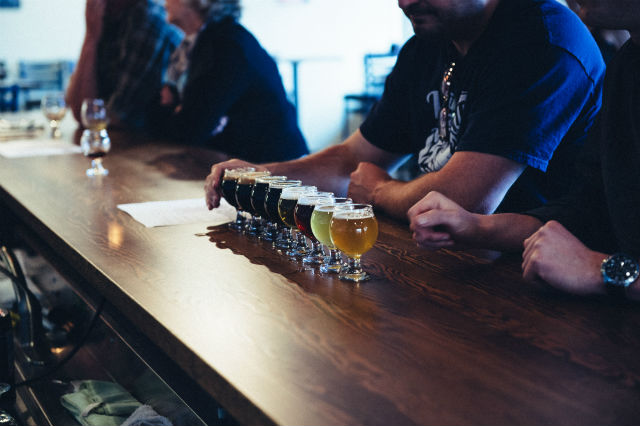
When operating a taproom, there’s more to it than slinging pints and making sure everyone is enjoying themselves.
Sure, you want your patrons to have a good time, but you also want them to be safe. That’s where risk management comes into play. For some instances, it just takes common sense. Other times, your well-thought-out risk management plan is going to pay dividends.
Usually, it starts with the bartenders and servers — your brewery’s eyes and ears to the what’s going on in the taproom.
“The No. 1 concern is making sure everyone, both customers and staff, are safe,” said Taylor Rees, co-founder of Spangalang Brewery in Denver. “Unfortunately, you can’t predict every possible scenario that could play out, so it’s important that the staff understands our general goals as an establishment in terms of safety.”
Having servers who are TIPS (Training for Intervention ProcedureS) certified goes a long way in ensuring that the staff is properly trained to make the right decisions in a variety of situations that could lead to problems if not handle correctly.
“Not over serving customers, or not serving customers that come into the taproom already intoxicated, is probably the most common form of ‘risk management’ our servers and managers engage in,” Rees said. “After that, preventing underage drinking through proper identification practices is a big priority.
“In the end, no standard-operating procedure can cover every scenario, so you need to rely on your managers and servers to identify situations that could cause a problem and deal with them promptly. This includes everything from quickly cleaning up spills and slip and trip hazards to dealing with uncontrolled dogs on the patio.”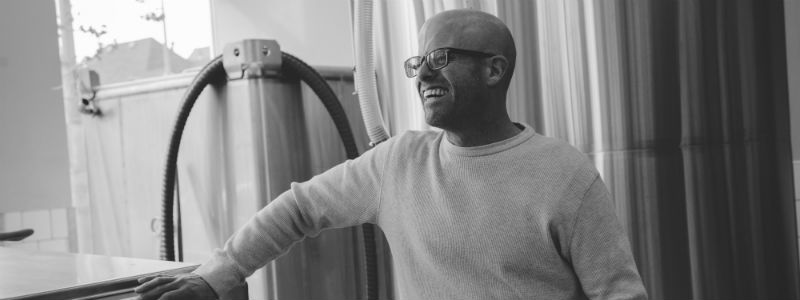
Chris Harris is the founder of Black Frog Brewery in Holland, Ohio and he’s basically a one-man show: brewer, bartender and risk management all rolled into one.
“We carefully watch each patron and we are constantly talking with them to see if their speech is slurred or they can walk straight,” Harris said. “We also know how many beers we have served them. We haven’t had any problems yet, but we have had to cut some people off.”
Employee safety is taken very seriously at Houston’s Saint Arnold Brewing, according to Priscilla Walker, PR brand and marketing manager.
“All employees are instructed to follow proper protocol when climbing or using ladders, moving kegs, handling broken glass and mopping up wet floors,” she said. “We wear closed-toe shoes, and we highly recommend non-slip shoes. We treat our beer hall and bar exactly like any other bar or restaurant — we have to always remain vigilant about hazards of the job, whether it’s a controllable or uncontrollable factor.”
Saint Arnold’s location is another factor, because it is an industrialized part of town.
“We have a security guard that patrols, and we never leave an employee alone to close up,” Walker said. “There are very few times that they brewery has zero employees in it, but especially on those days, we make sure to lock our doors and close the gates after the last guest has left and leave in groups at the end of shift.”
Spangalang’s servers have been trained in identifying individuals who may be intoxicated and to stop serving them. The manager on duty may be called in to assist if the situation escalates — sometimes people don’t like being cut off, Rees noted.
“Employee safety is our No. 1 priority, right along with customer safety,” he said. “Employees are encouraged to find a manager or even immediately call the police if they feel like they are in danger. We have an electronic logbook tied into our POS system that staff make notes in if there are accidents or unusual incidents.”
Like any other bar, Walker said, overserving is always an issue when working with alcohol.
“We stress intra-team communication when one employee notices someone who may have been over served,” she said. “It begins when the guest walks in: Did the host see something off about the guest? Was there cause for concern for that guest? This is immediately communicated to the manager on the floor, who then can assess the situation more closely.
“We trust our bartenders and their TABC and SABC training. If an employee does not feel comfortable serving a guest, we do not second-guess him or her. We let our managers do the communication for most ‘cut offs’ to control the situation properly.”
Saint Arnold also has a designated staff member who handles the brewery’s human resources’ needs within the brewery.
“If there is an incident with a guest or employee, it is notated to HR,” Walker said. “I have personally followed up with a guest if an incident did happen on our property such as a fall or injury.”
Perhaps the most difficult task of operating a brewery is the intermingling of minors, who are allowed in most to some American taprooms.
At Spangalang, minors are allowed in the brewery with their parents, but, obviously, can’t drink any beer.
“We are a neighborhood brewery and lots of our neighbors have families, so kids in the tap room are a common occurrence during the earlier hours,” Rees said. “In the end, while it’s not always possible, the goal is to do all of this risk management while keeping all the customers comfortable and happy.”
Minors also are allowed in Saint Arnold’s beer hall. Patrons’ IDs are checked, and anyone who isn’t 21 or over or cannot produce valid identification, he or she will receive an “X” on their hands.
“We are vigilant when minors are present,” Walker said. “Did they try to wash off the ‘X’? Is someone drinking at the table when he or she shouldn’t be? Once again, it comes down to communication within the team. If an employee sees something that should not be happening, he or she will immediately report it to the manager on duty.
“We have also been known to ID a second time at the bar. As an employee, if you are not comfortable serving someone, or have a thought that he or she is younger than 21, it’s perfectly acceptable to ask for identification a second time.”


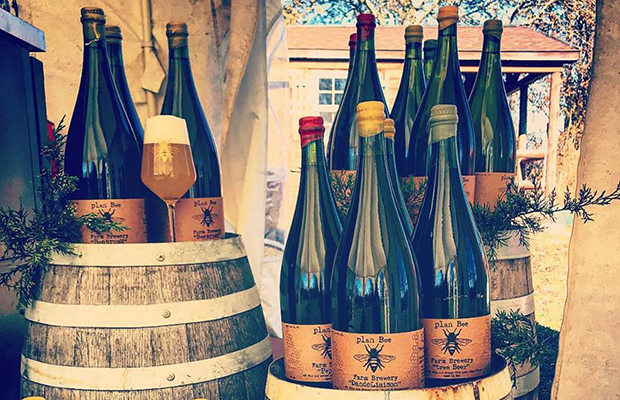
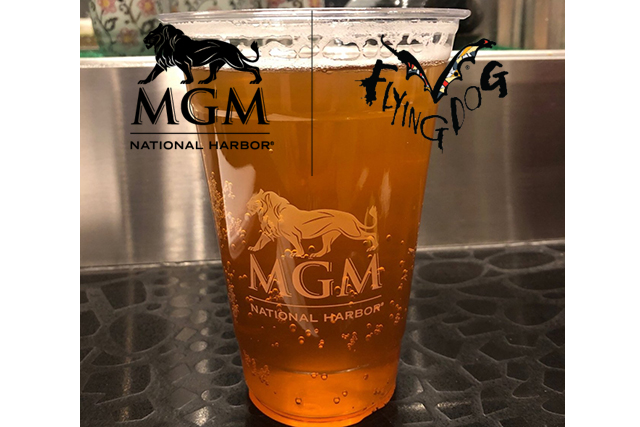
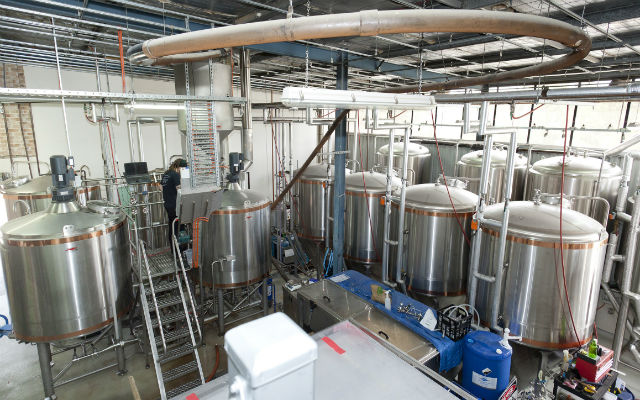
Be the first to comment